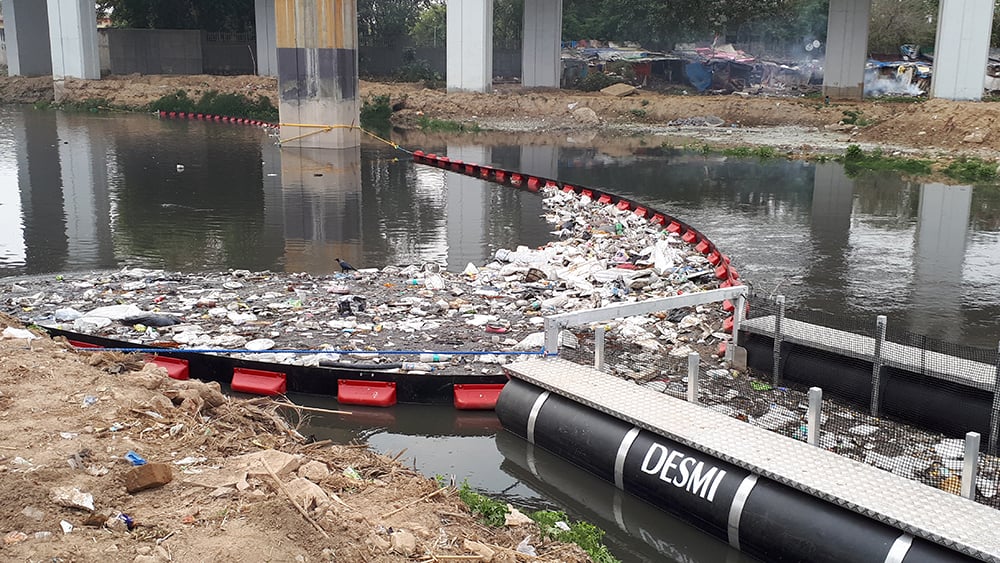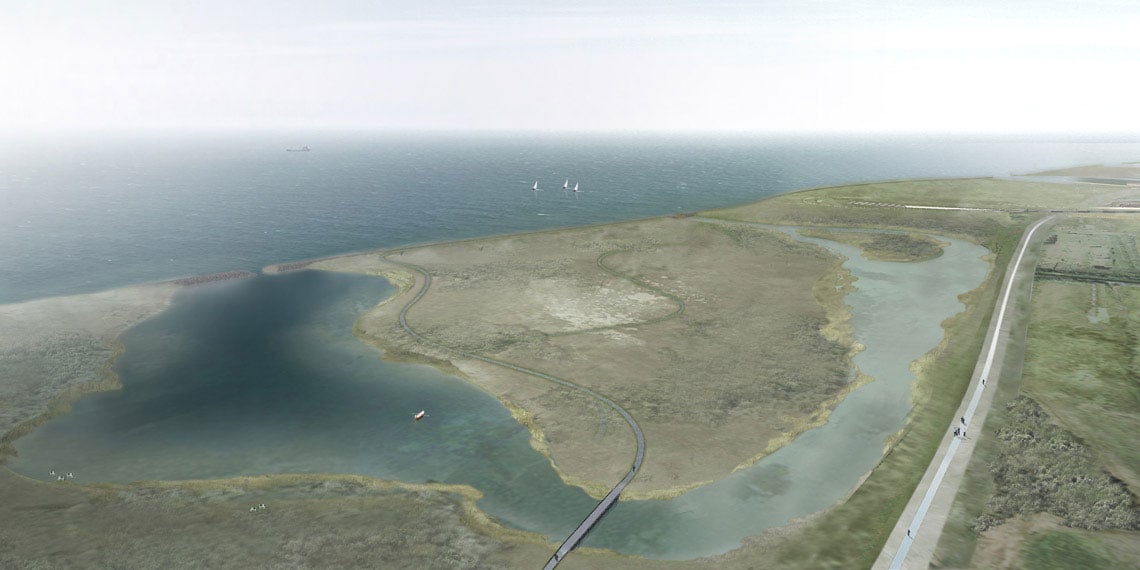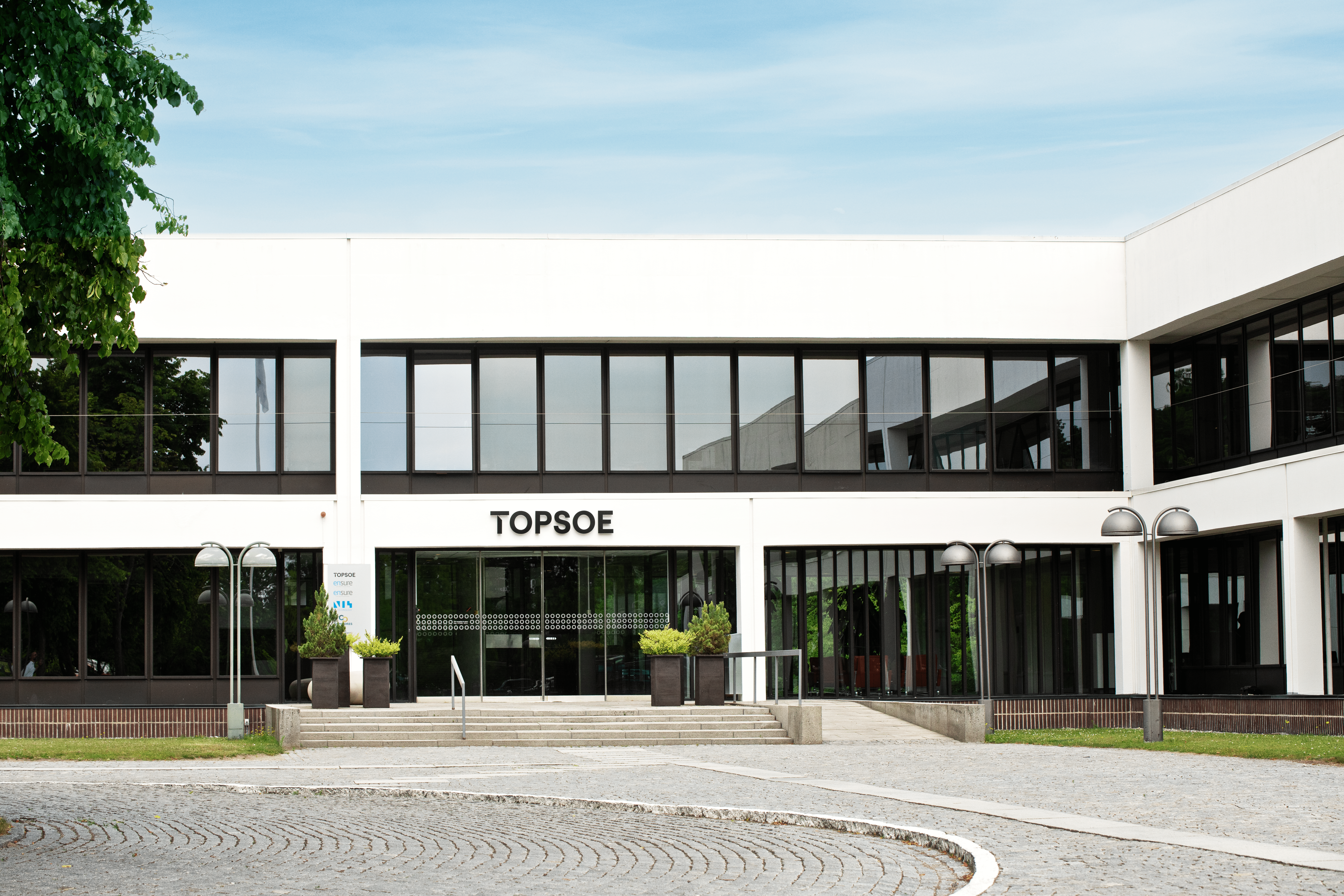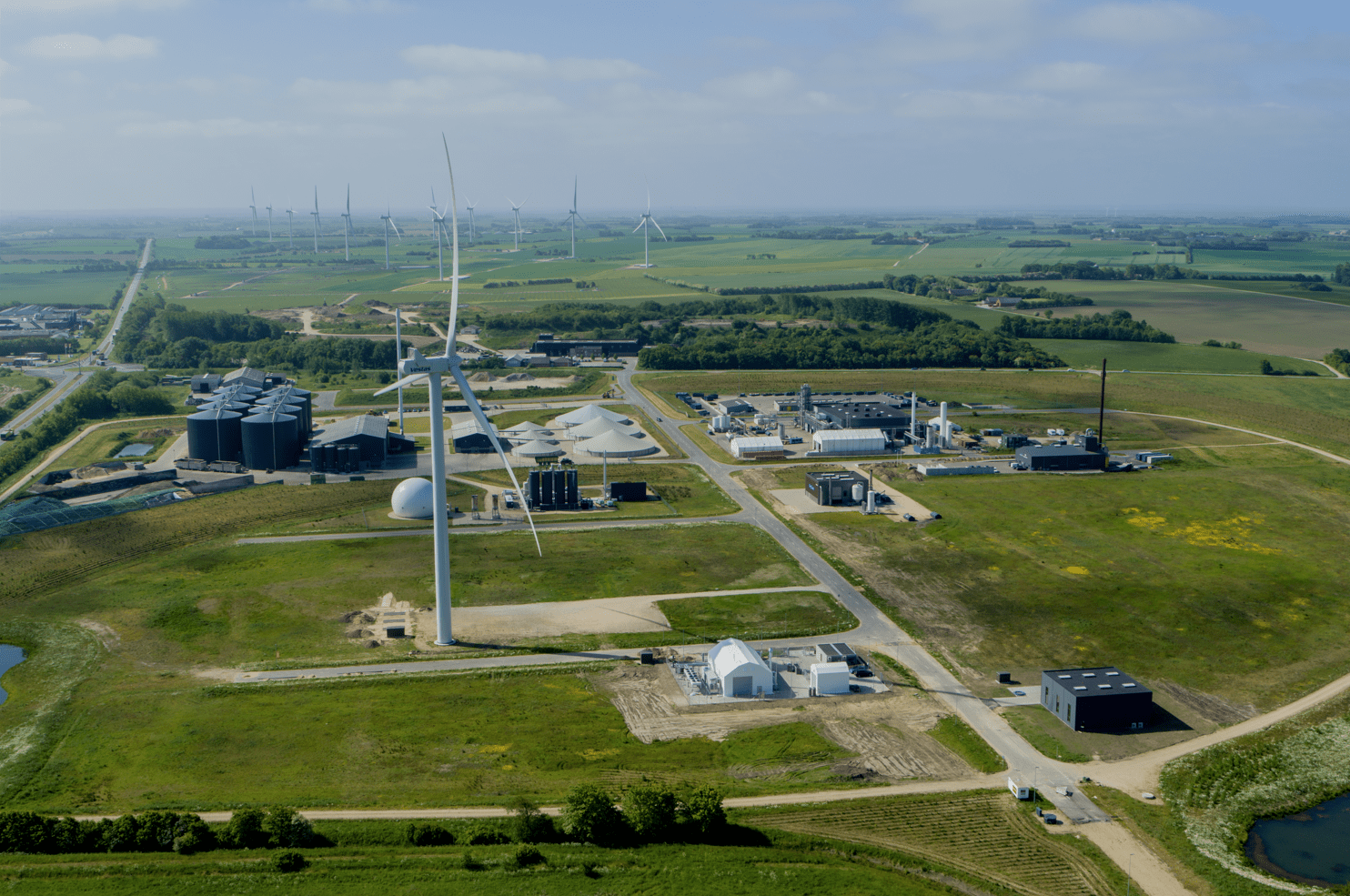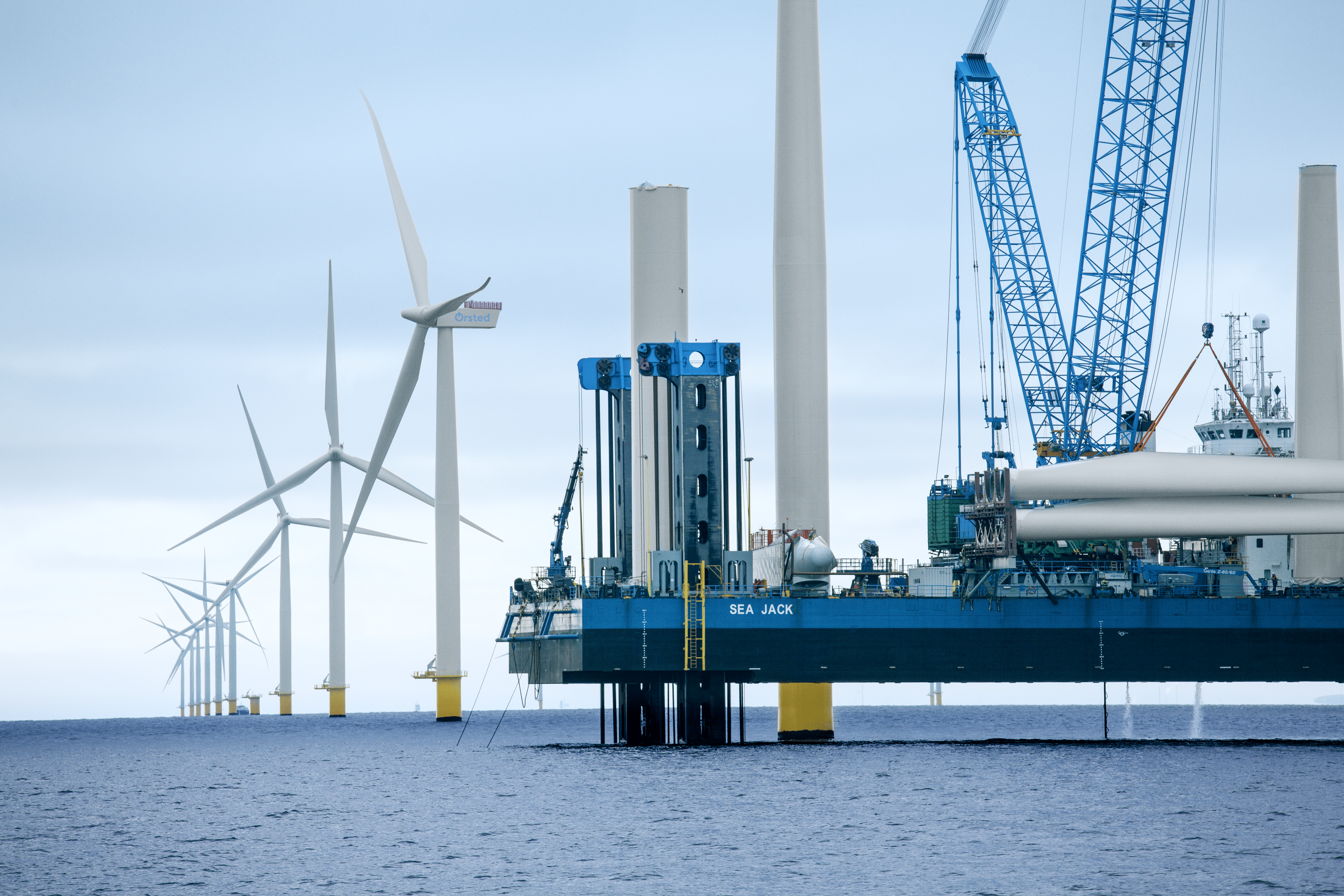News
Air pollution
Biogas
Biomass
+21
Danish Enterprises Are Pioneers in CO2 Reduction


Calculations from The Confederation of Danish Industry (DI) show that the Danish industry has contributed greatly to cutting energy consumption and CO2 emission since 2000. The calculations were made prior to the two-week COP18 climate change conference in Qatar that ended on December 7.
Click here to learn more about The Confederation of Danish Industry (DI) on www.stateofgreen.com
Significant decrease in industrial emissions
Danish industrial production decreased by nearly DKK 12.3 billion between 2000 and 2011, corresponding to 2%. In the same period, industrial CO2 emission was reduced by nearly 1.5 million tons corresponding to a 27% decrease, says DI Director of Energy and Climate Policy, Troels Ranis.
According to the Danish Energy Agency, Denmark’s actual emission of greenhouse gases in 2011 was estimated at 55.8 tons.
Read more about Denmark's goal of becoming fossil-free by 2050
The Danish model is still relevant
“It was important for us to send the signal to Danish and international climate change negotiators at COP18 that the Danish model is as relevant as ever,” says Troels Ranis.
The remarkable decrease in the consumption of particularly coal and oil is thanks to the fact that enterprises have extensively converted to renewable energy or enhanced their energy efficiency, he adds.
Energy efficiency pays off
Savings have been retrieved in processes such as drying and evaporation and more electricity-driven processes with refrigeration/freezing and compressed air. Investment in more efficient use of energy is often regained very quickly.
To learn more about Danish solutions within energy efficiency, click here
“The point is that energy efficiency has a real effect on the bottom line and helps to strengthen Denmark’s competitiveness,” says Troels Ranis.
Source. The Confederation of Danish Industry
